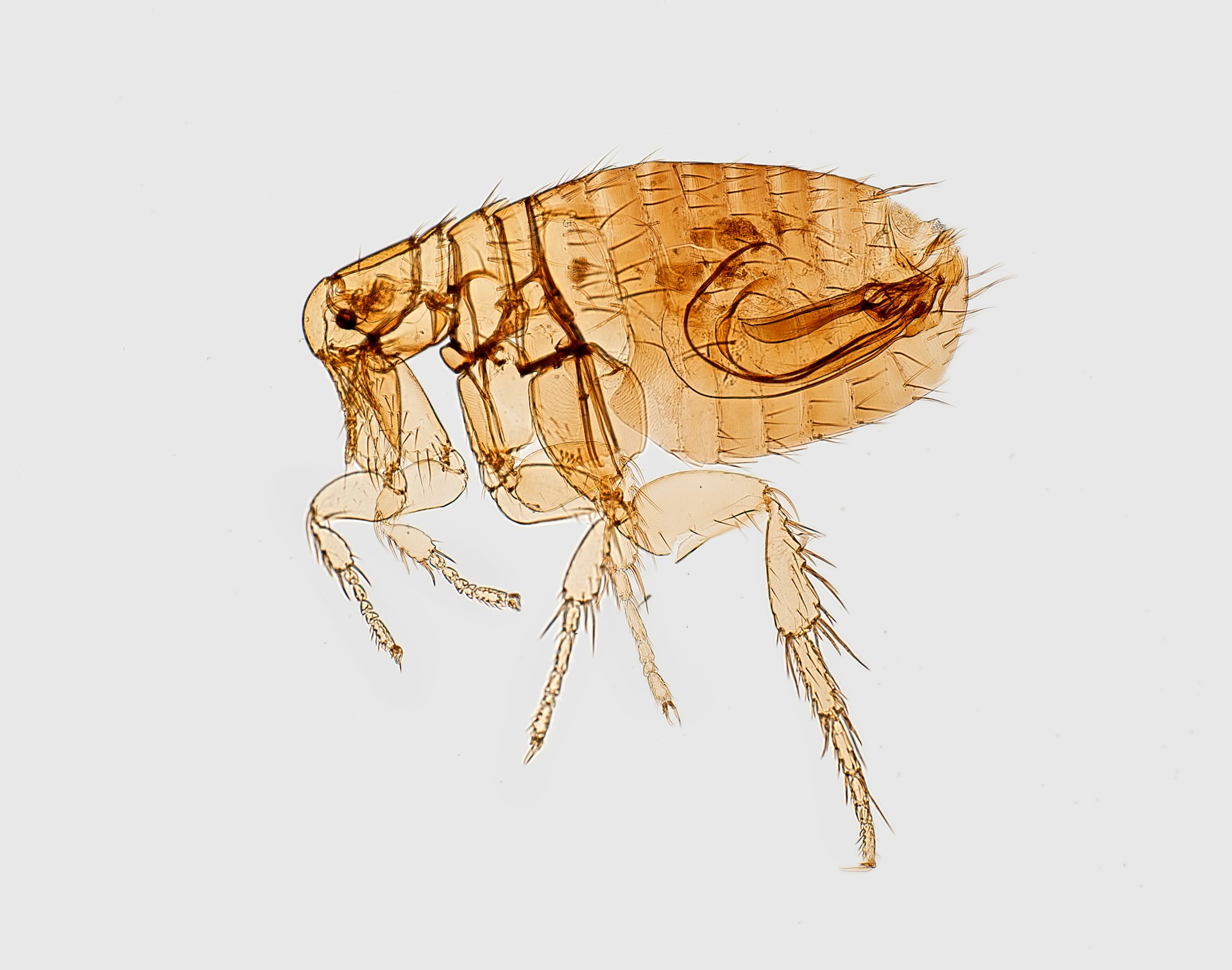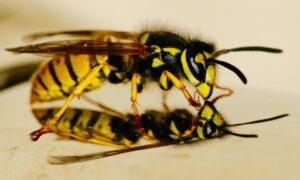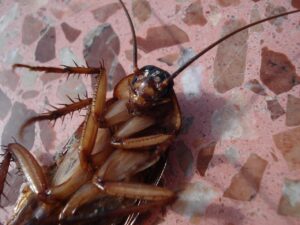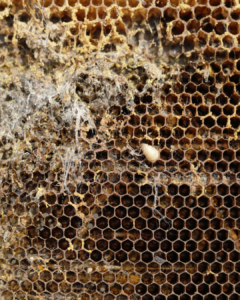Fleas don’t wait. One day, your home is fine, the next you’re scratching at your ankles and your pets are miserable. These tiny insects multiply fast, and once they get inside, they’re tough to remove. But you can stop them if you act now.
Here’s what you need to know about flea treatments and shutting down a flea infestation.

Why Fleas Take Over So Quickly
Fleas are built to survive and spread. A single female can lay dozens of eggs each day. Those eggs drop off pets or wild animals and settle into carpets, cracks, and bedding. Within a few weeks, you’re not just dealing with a few fleas.
Fleas also have a life cycle that works against you. Eggs hatch into larvae, which burrow deep into fabrics and floorboards. After that, they turn into pupae, wrapped in a sticky cocoon that’s hard to remove. Adult fleas emerge when they sense movement or heat, ready to bite and start the cycle again.
Plumbing Problems Make Flea Infestations Worse
You might not think about your pipes when you see fleas, but plumbing issues can make things much worse. Leaky pipes and standing water create humid spots that fleas love. These damp areas help flea eggs and larvae survive longer, making it even harder to get rid of them.
Fleas and other pests often gather in places with excess moisture. If you have leaks under sinks, in crawl spaces, or around drains, you’re giving fleas a safe place to hide and breed. Fixing plumbing problems doesn’t just protect your home from water damage.
Signs You Have a Flea Problem
Fleas aren’t always obvious at first. They’re small, quick, and often hide in places you don’t check. But there are clear signs to watch out for:
- Pets scratching more than usual
- Tiny black specks (flea dirt) on pet bedding or carpets
- Small red bites on your ankles or legs
- Fleas jumping on your socks or pants when you walk across the floor
If you see any of these, act fast, especially if you’ve seen fleas jumping around with your own eyes. The longer you wait, the harder it becomes to control the infestation.
Why Professional Flea Control Works Best
Fleas are stubborn. Their eggs and pupae hide deep in fabrics and cracks, making them hard to reach. That’s where professional flea control comes in.
A professional team uses targeted treatments that reach fleas at every stage. They know where fleas hide and use products that work fast and last longer. Professionals also inspect your home for hidden problem areas, like damp crawl spaces or leaks, and let you know what needs fixing.
Here’s what you can expect from a professional flea treatment:
- A full inspection of your home, inside and out
- Targeted treatments in problem areas, including carpets, baseboards, and pet bedding
- Advice on fixing plumbing leaks and reducing moisture
- Follow-up visits to make sure fleas are gone for good
Professional treatments are safe for your family and pets when used correctly. They’re also much more effective than store-bought sprays or powders.
How Plumbing Repairs Help Stop Fleas
Fixing plumbing problems isn’t just about water. It’s about cutting off the conditions that let fleas thrive. Leaks under sinks, in crawl spaces, or around pipes keep the air damp and warm. Fleas love this.
If you repair leaks and dry out damp spots, you make your home less inviting for fleas and other pests. Here’s how plumbing repairs help:
- Drying out hidden spaces where fleas breed
- Preventing mold and mildew that attract pests
- Stopping new infestations before they start
A plumber can check your home for hidden leaks and fix them fast. This, combined with professional flea control, gives you the best chance of getting rid of fleas for good.
Keeping Fleas Out for Good
Once the fleas are gone, you want to keep them out. This means changing a few habits and keeping up with maintenance. Here’s how you can make your home less attractive to fleas:
- Vacuum regularly, especially in areas where pets spend time
- Wash pet bedding and blankets often
- Keep your yard tidy by mowing the lawn, trimming bushes, and removing debris where flea-carrying wildlife might hide
- Use flea prevention products on your pets as recommended by your vet
- Fix leaks and keep your home dry, especially in basements and crawl spaces
Regular inspections help, too. A professional can spot early signs of fleas or other pet pests and treat them before they become a problem.
What to Expect After Treatment
It’s normal to see a few fleas after treatment. Some eggs or pupae might survive and hatch later. That’s why follow-up visits matter. Professionals often return after a few weeks to check for new fleas and treat again if needed.
Keep cleaning and vacuuming, and report any new bites or signs of fleas right away. The faster you act, the less likely the fleas will come back.
Final Thoughts
Fleas are fast, but you can be faster. By acting quickly, cleaning thoroughly, fixing plumbing issues, and getting help from pest experts, you can shut down a flea infestation and keep your home comfortable. Don’t wait for the problem to get worse. You should take control today.







